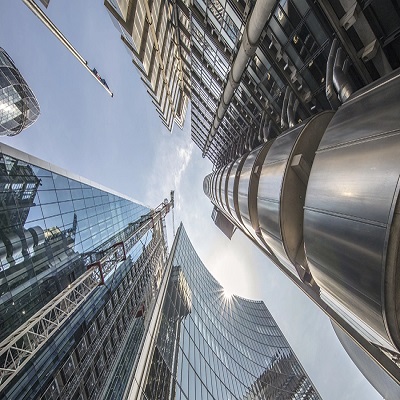High-Rise Buildings and Advanced Technologies in Skyscraper Construction

High-Rise Buildings and Advanced Technologies in Skyscraper Construction
Introduction
High-rise buildings, or skyscrapers, are iconic symbols of modern urban development and engineering innovation. These structures maximize vertical space in dense cities and require advanced design techniques, materials, and technologies. Today’s skyscrapers are not only taller but also smarter, more sustainable, and more resilient.
Key Technologies in Skyscraper Construction
High-strength steel and reinforced concrete for structural stability
2. Tuned mass dampers to reduce wind and seismic vibrations
3. Double-skin facades for energy efficiency and thermal regulation
4. Elevators with AI-controlled destination dispatch systems
5. Prefabricated modular components for faster assembly
6. Wind tunnel testing and simulation for aerodynamic optimization
Innovative Examples
Burj Khalifa (UAE) – World’s tallest structure with triple-lobed design and advanced concrete technology
• Shanghai Tower (China) – Twisting shape for wind resistance, double-skin facade, and vertical zoning
• One World Trade Center (USA) – Strong structural core and energy-efficient systems
Benefits
Maximizes limited urban land
• Demonstrates engineering and architectural excellence
• Offers mixed-use development (residential, commercial, hospitality)
• Enhances city skyline and global prestige
Scientific Insight
According to the Council on Tall Buildings and Urban Habitat (CTBUH), new materials and construction methods have reduced skyscraper construction time by up to 30% while improving energy performance by 20–40%. Smart elevator systems also enhance vertical mobility efficiency by up to 25%.
Challenges
High construction and maintenance costs
• Structural complexities and safety requirements
• Environmental and shadowing impacts on surrounding areas
• Long approval and planning timelines
Conclusion
High-rise buildings reflect the future of vertical urban living. With continuous advances in materials, engineering, and design, skyscrapers will play a pivotal role in shaping sustainable, dense, and technologically integrated cities.
References
Council on Tall Buildings and Urban Habitat (CTBUH)
2. World Architecture Journal – Tall Building Trends
3. ASCE Library – Innovations in High-Rise Structural Systems



